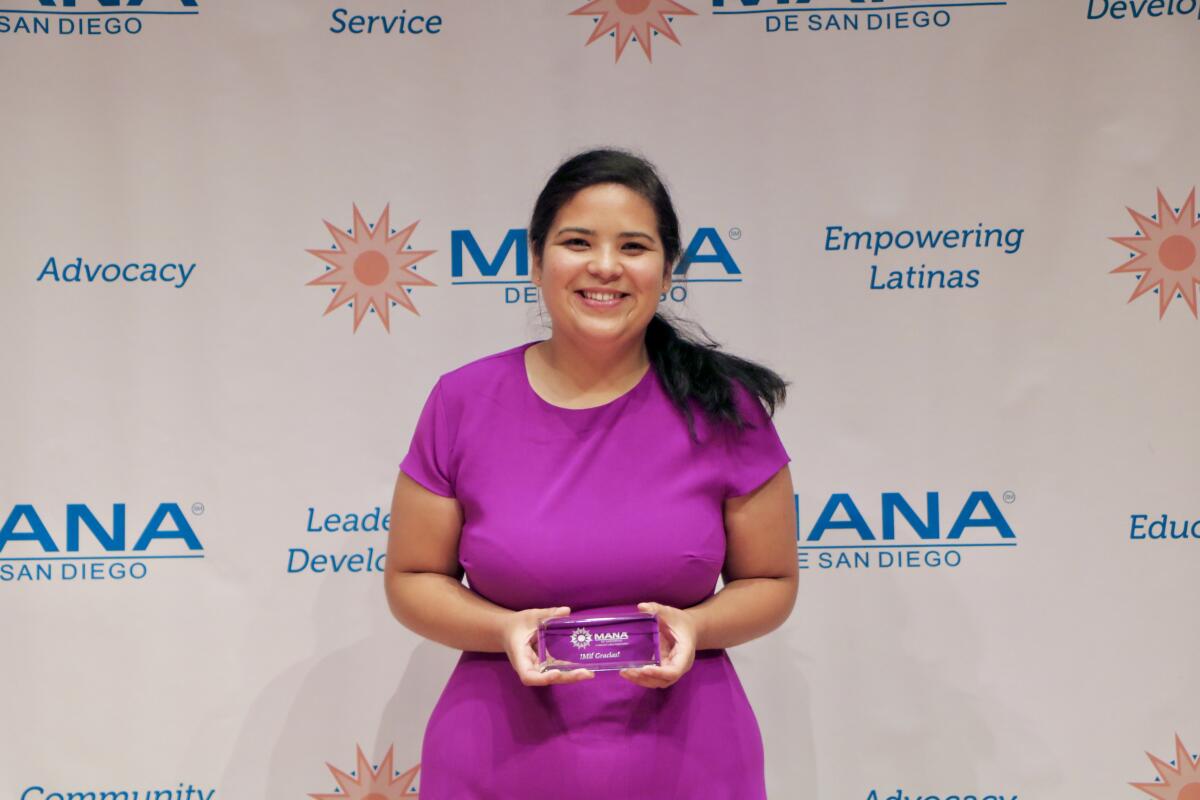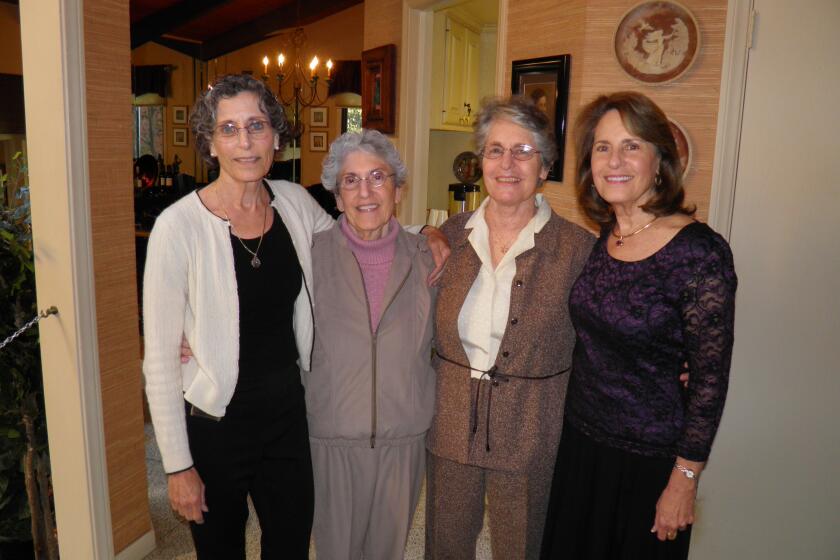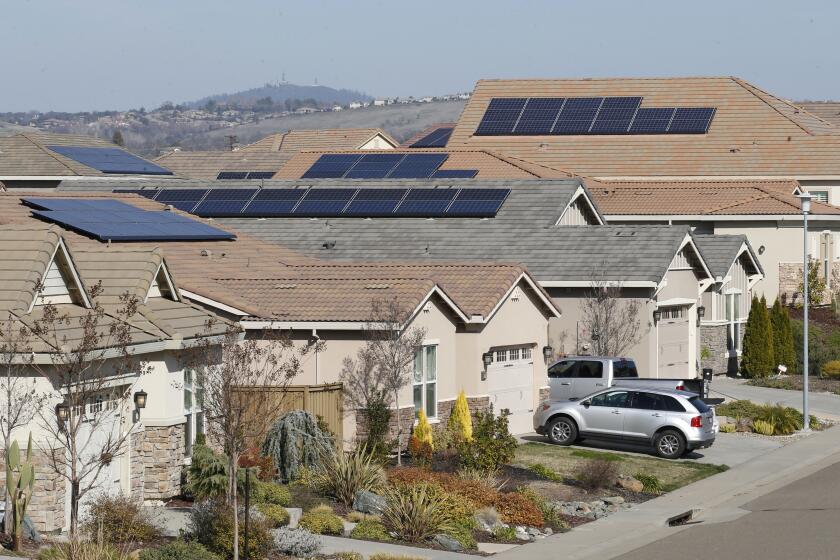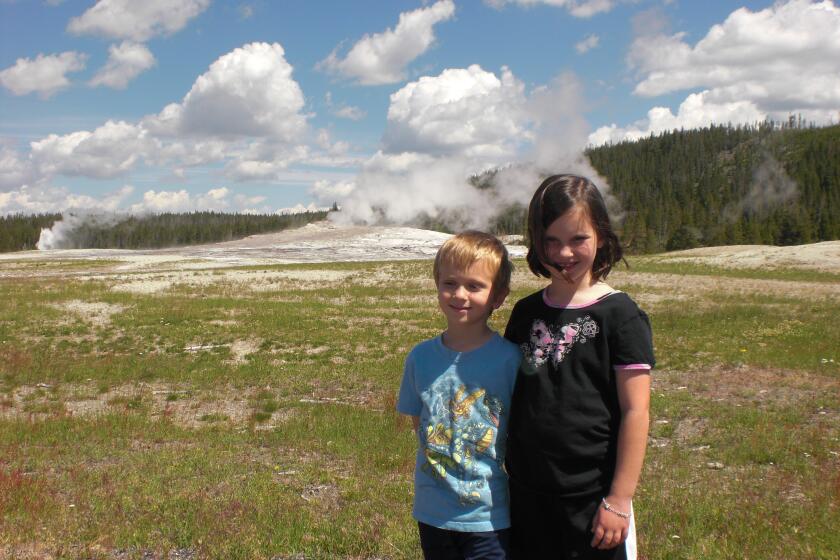Opinion: Bilingual education pays off in many different ways. Parents, here’s how it works.

If you are considering bilingual education for your child, there are a few things you should keep in mind.
Wong is an impact teacher who supports combo classrooms teaching literacy and math for the Poway Unified School District. She lives in Talmadge.
Bilingual education is an educational approach that teaches students two languages at the same time. This can be done in a variety of ways, such as through immersion, dual language or two-way immersion programs, and there are many benefits to it. A two-way immersion program is a form of dual language education which balances the number of native English speakers and native speakers of the partner language. Language is integrated for instruction so that both groups of students serve in the role of language model and language learner at different times.
Bilingual children have on average better cognitive skills, such as memory, attention and problem-solving skills. And they tend to perform better in school, both in their native language and in their second language. Bilingualism is a valuable skill in the global economy, and bilingual students are more likely to be employed and earn higher wages. Bilingual education can help students develop an appreciation for different cultures and languages. Bilingual students are also more likely to be outgoing and confident, and they are better able to communicate with people from different backgrounds.
In recent weeks, on campuses around the region and the nation, students have begun to celebrate a remarkable achievement and a pivotal moment in any life journey: graduation. This week, a diverse group of graduates will share essays about their successes and challenges. Congratulations!
If you are considering bilingual education for your child, there are a few things you should keep in mind.
The best time to start bilingual education is early childhood, and bilingual education is not a one-size-fits-all approach. There are many different programs available, and the best program for your children will depend on their individual needs and learning style. It is important to find a bilingual education program that is high-quality and that is taught by qualified teachers.
If you are considering bilingual education, keep exploring the concept as it can be a great way to give your child a head start in life. It can help them develop important cognitive, academic and social skills that will benefit them for years to come.
There are different types of bilingual programs in the United States. The most frequently used bilingual programs are the two-way immersion program and the dual language immersion program.
The two-way dual language immersion program blends two language models. The goal of it is to make students from two different language groups proficient in both languages. An example of this is a mix of English-speaking students and Spanish-speaking students who would learn equally in both languages. It is a 50-50 model of two languages and instruction. Two-way dual language programs can include English-dominant students and other native language students can join their English language-learning peers in an integrated bilingual classroom, and there should be a balance of students of each language background. Both groups of students attend classes together, learning from and supporting one another while developing linguistics and academic competencies in two languages.
A dual language immersion program works on a 90-10 split. Kindergarten students spend 90 percent of their time in non-English language and 10 percent of their time in English.
Developmental bilingual programs help native speakers develop high levels of academic proficiency in the student’s primary language while simultaneously developing academic language proficiency in English.
These programs are designed to help native and non-native English speakers become bilingual and biliterate. There are three main goals of dual language programs: to be literate in both languages, to reach academic goals and to have sociocultural competency.
Bilingual education gives students the opportunity to listen, speak, read and write in both languages. Being bilingual is a superpower that students are given by their teachers and parents. In California, students enrolled in these bilingual programs have the opportunity to earn the California State Seal of Biliteracy. That is a gold seal placed on the diploma or transcript of high school graduates that shows their proficiency in one or more languages besides English. It is a symbol that should make students and their families proud.
Get Weekend Opinion on Sundays and Reader Opinion on Mondays
Editorials, commentary and more delivered Sunday morning, and Reader Reaction on Mondays.
You may occasionally receive promotional content from the San Diego Union-Tribune.






